Image Compression using Run Length Encoding
₹3,000.00
Huge Price Drop : 50% Discount
Source Code + Demo Video
100 in stock
Description
ABSTRACT
The goal of image compression is to remove the redundancies by minimizing the number of bits required to represent an image. It is used for reducing the redundancy that is nothing but avoiding the duplicate data. It also reduces the storage memory to load an image. Image Compression algorithm can be Lossy or Lossless. In this paper, DWT based image compression algorithms have been implemented using MATLAB platform. Then, the improvement of image compression through Run Length Encoding (RLE) has been achieved. The three images namely Baboon, Lena and Pepper have been taken as test images for implementing the techniques. Various image objective metrics namely compression ratio, PSNR and MSE have been calculated. It has been observed from the results that RLE based image compression achieves higher compression ratio as compared with DWT based image compression algorithms.
INTRODUCTION
Image compression is important for many applications that involve huge data storage, transmission and retrieval such as for multimedia, documents, videoconferencing, and medical imaging. Uncompressed images require considerable storage capacity and transmission bandwidth. The objective of image compression technique is to reduce redundancy of the image data in order to be able to store or transmit data in an efficient form. This results in the reduction of file size and allows more images to be stored in a given amount of disk or memory space. Image compression can be lossy or lossless. not provide sufficiently high compression ratios to be truly useful in image compression. Lossless image compression is particularly useful in image archiving as in the storage of legal or medical records. Methods for lossless image compression includes: Entropy coding, Huffman coding, Bit-plane coding, Run-length coding and LZW ( Lempel Ziv Welch ) coding.
EXISTING SYSTEM
To compress the image data here we are using compression. JPEG image compression standard use DCT (DISCRETE COSINE TRANSFORM). The discrete cosine transform is a fast transform. It is a widely used and robust method for image compression. It has excellent compaction for highly correlated data.DCT has fixed basis images DCT gives good compromise between information packing ability and computational complexity. JPEG 2000 image compression standard makes use of DWT (DISCRETE WAVELET TRANSFORM). DWT can be used to reduce the image size without losing much of the resolutions computed and values less than a pre-specified threshold are discarded. Thus it reduces the amount of memory required to represent given image.
PROPOSED SYSTEM
The proposed compression technique with pruning proposal based on discrete wavelet transform (DWT). The proposed technique first decomposes an image into coefficients called sub-bands and then the resulting coefficients are compared with a threshold. Coefficients below the threshold are set to zero. Finally, the coefficients above the threshold value are encoded with a loss less compression technique.
BLOCK DIAGRAM
SOFTWARE REQUIRMENT
- MATLAB 7.14 and above versions
CONCLUSION
A new image compression scheme based on discrete wavelet transform is proposed in this research which provides sufficient high compression ratios with no appreciable degradation of image quality. The effectiveness and robustness of this approach has been justified using a set of real images. To demonstrate the performance of the proposed method, a comparison between the proposed technique and other common compression techniques has been revealed. From the experimental results it is evident that, the proposed compression technique gives better performance compared to other traditional techniques. Wavelets are better suited to time-limited data and wavelet based compression technique maintains better image quality by reducing errors. The future direction of this research is to implement a compression technique using neural network.
REFFERENCES
[1] S. Bhavani, K. Thanushkodi, “A Survey on Coding Algorithms in Medical Image Compression”, International Journal on Computer Science and Engineering, Vol. 02, No. 05, pp. 1429-1434, 2010.
[2] G. K. Kharate, V. H. Pati, “Color Image Compression Based On Wavelet Packet Best Tree”, International Journal of Computer Science, Vol. 7, No.3, March 2010.
[3] M. R. Haque and F. Ahmed, “Image data compression with JPEG and JPEG2000”, 8th International Confrrence on Computer and Information Technology, pp. 1064-1069, 2005.
[4] M. J. Weinberger, G. Seroussi and G. Sapiro, “The LOCO-I lossless image compression algorithm: Principles and standardization into JPEG-LS”, IEEE Trans. on Image Processing, Vol. 2, pp. 1309- 1324, Aug. 2000.
[5] Madhuri A. Joshi, “Digital Image Processing, An Algorithmic Approach”, PHI, New Delhi, pp. 175- 217, 2006.
[6] C. M. Rahman and A. Y. Saber, “Image compression using dynamic clusturing and neural network”, 5th International Confrrence on Computer and Information Technology, pp. 453-458, December 2002. [7] N. A. Koli, M. S. Ali, “A Survey on Fractal Image Compression Key Issues”, Information Technology Journal, 2008.
[7] L. Bottou, P. G. Howard, and Y. Bengio, “The ZCoder Adaptive Binary Coder, Proc. IEEE DCC, pp. 13-22, Mar. 1998.
[8] Othman Khalifa, “Wavelet Coding Design for Image Data Compression”, The International Arab Journal of Information Technology, Vol. 6, No. 2, pp. 118-127, April 2009
DEMO VIDEO


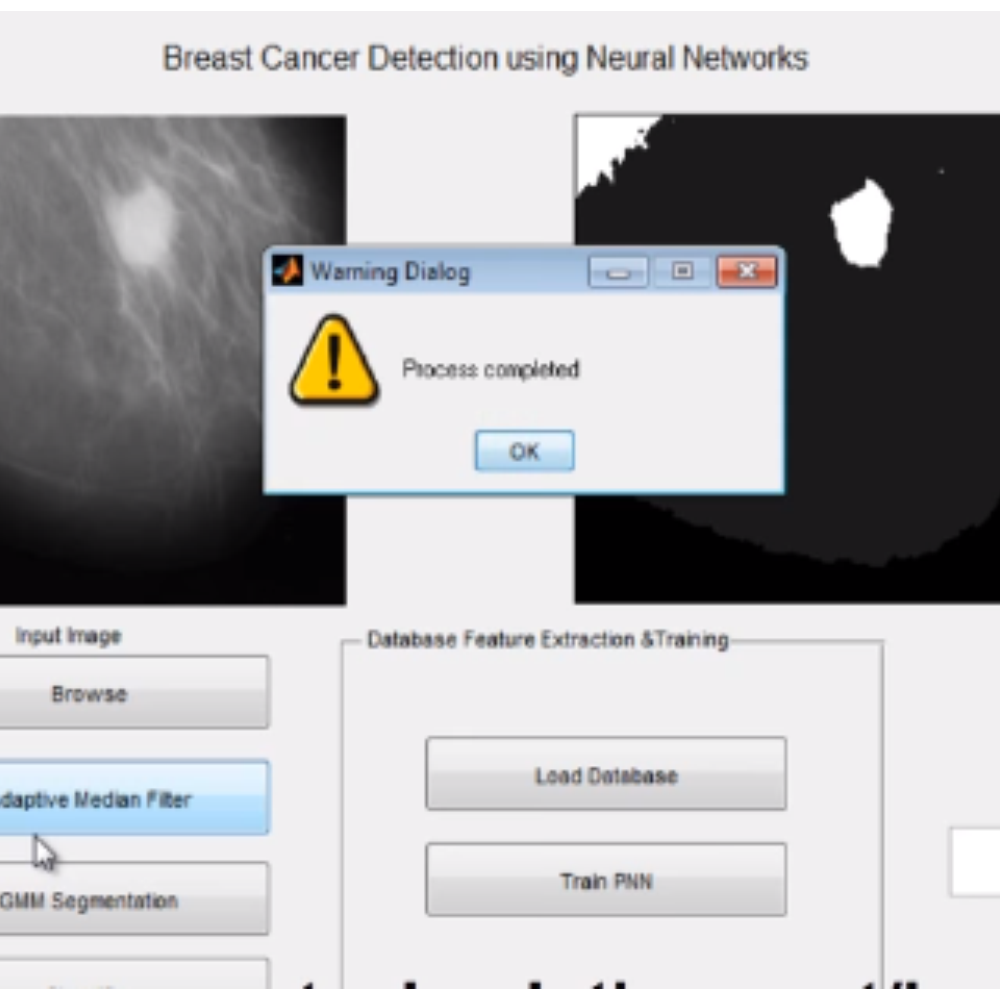
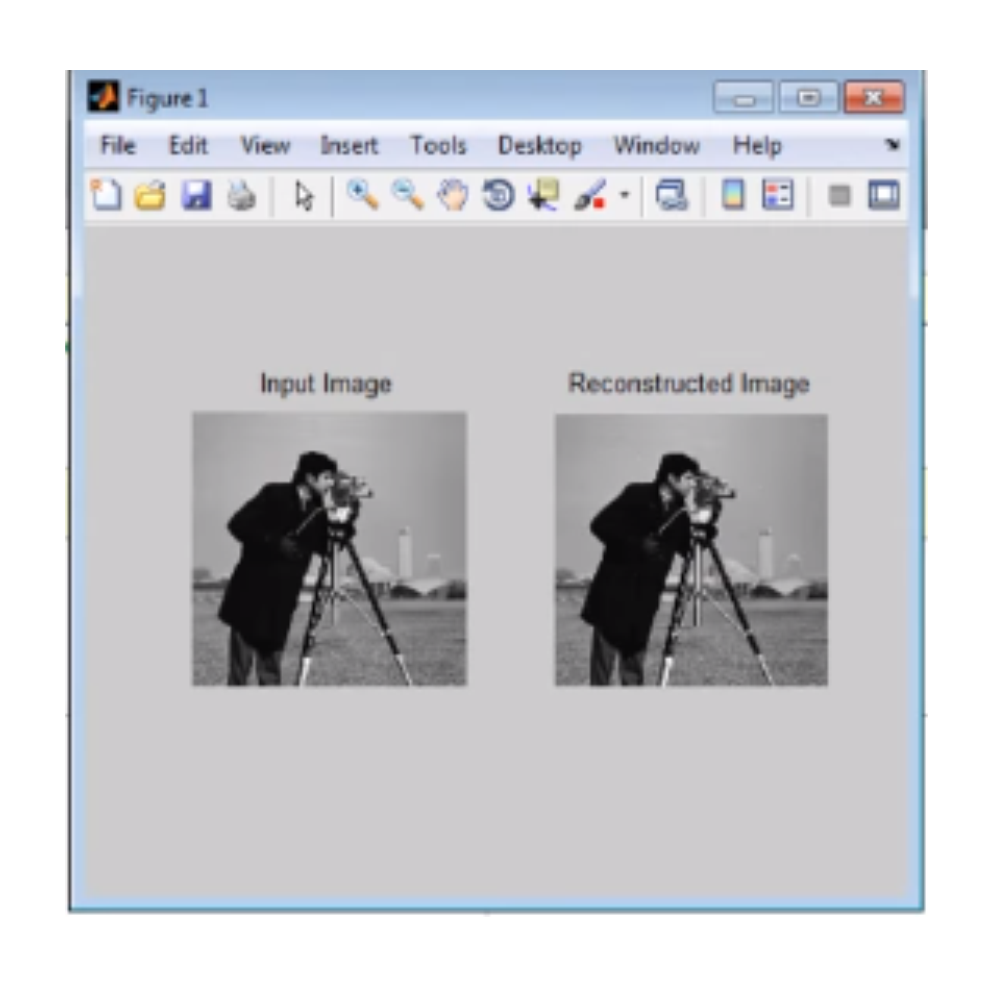
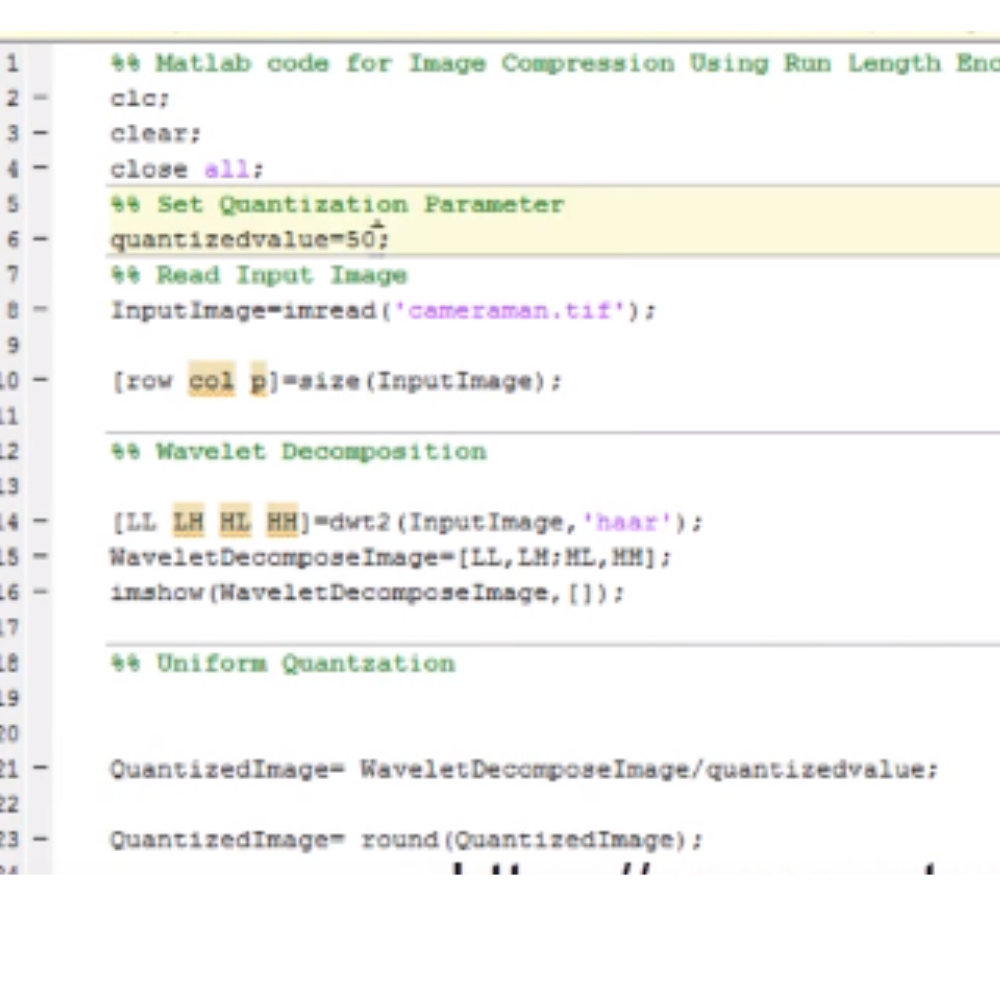
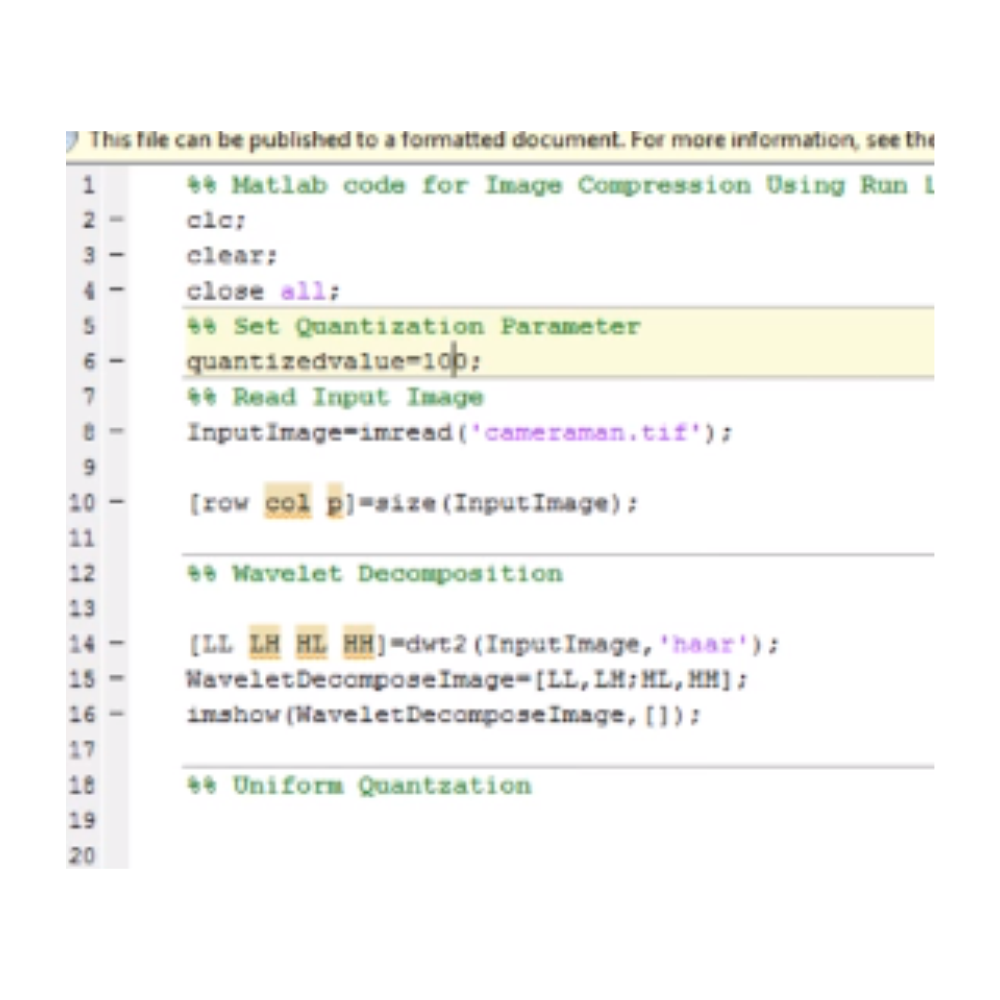

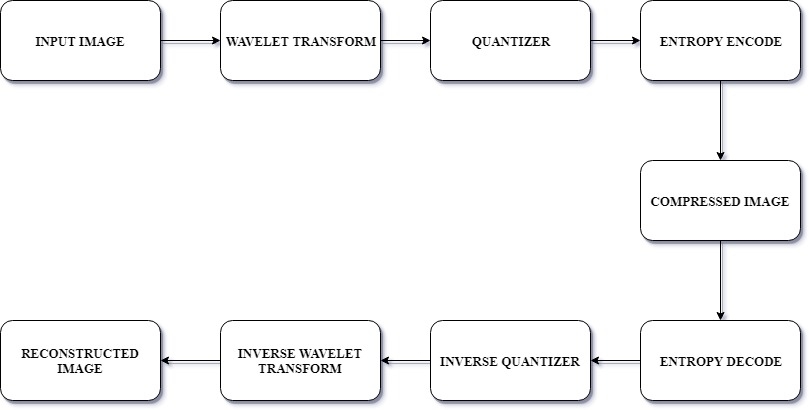
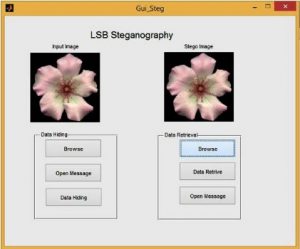
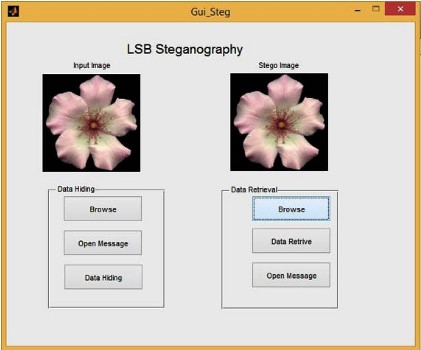
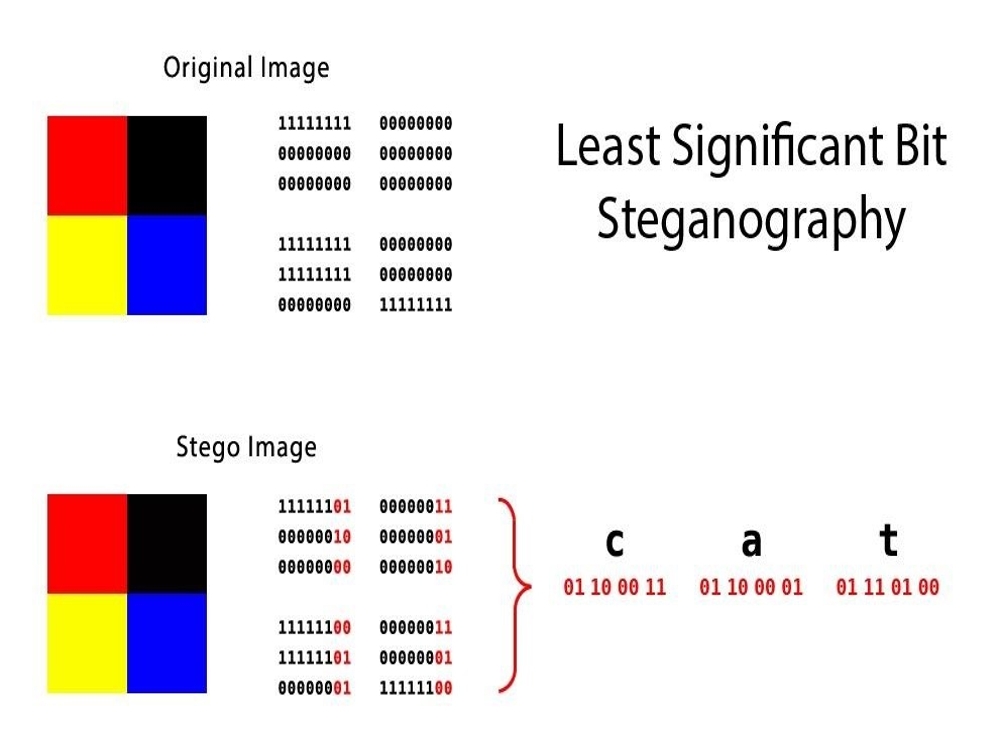


Reviews
There are no reviews yet.